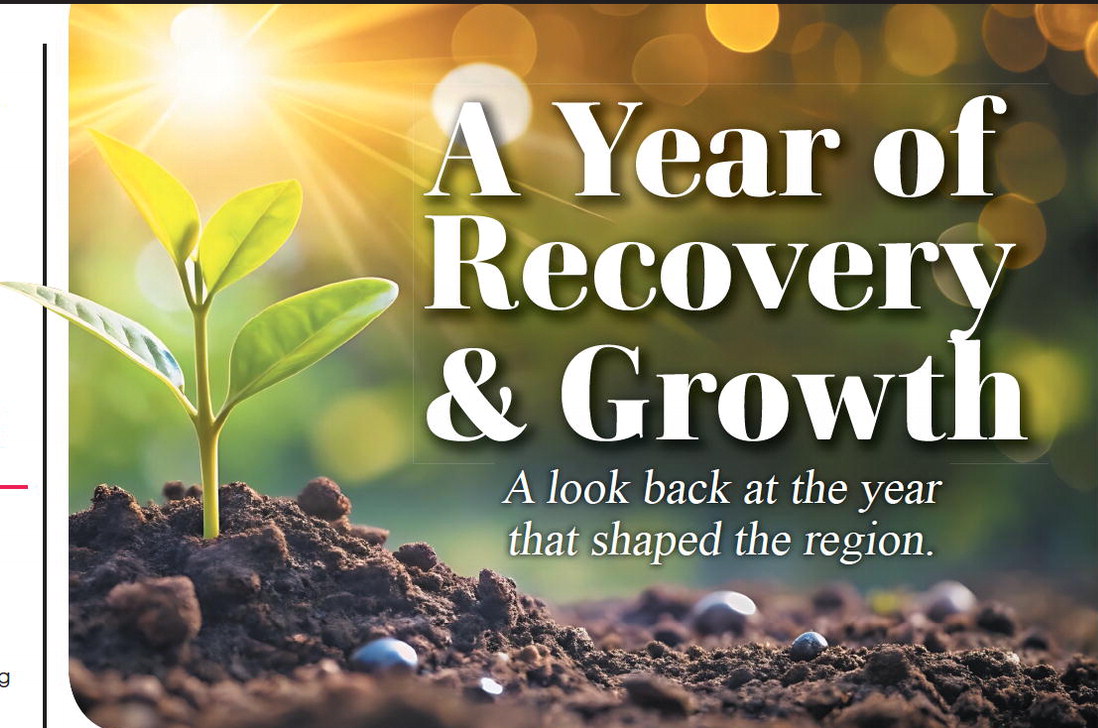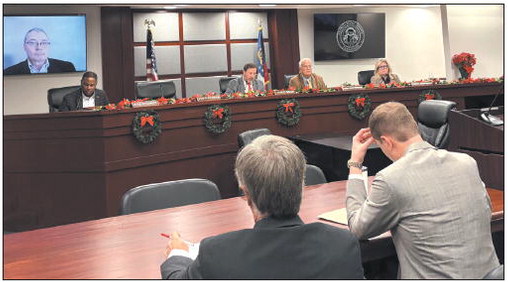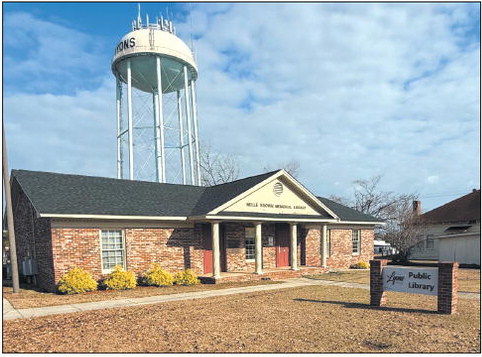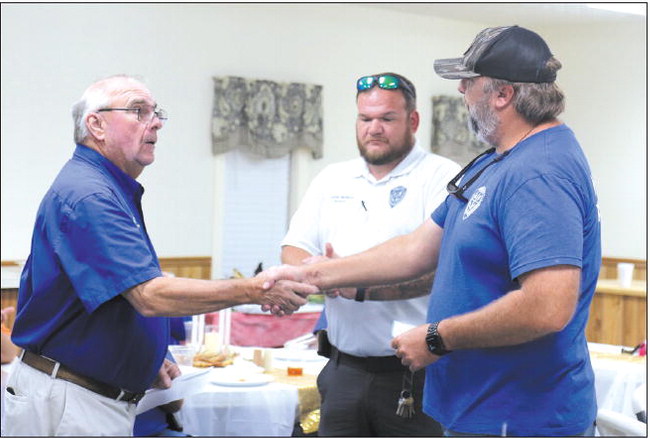continued from page tive Cherie ….


continued from page
tive Cherie Bennett and Thomaston Economic Development Director Taylor Smith spoke to attendees about the benefits of a rural zone designation, which Vidalia obtained earlier this year.
Bennett began the presentation, explaining that the ultimate goal of a rural zone is to boost the development of the surrounding area. “The rural zone designation was instated in 2018 to assist in the revitalization of rural downtowns by offering tax incentives for job creation, commercial investment, and business activities.”
According to Bennett and Downtown Vidalia Association Director Tonya Parker, the historic district of downtown Vidalia, along with some surrounding areas, have been designated by the state as a Rural Zone, making it eligible for these tax credits until December 31, 2028.
The representative shared several success stories of how the designation had revitalized several downtowns. “The average vacancy rate when the first communities applied for rural zone designation in 2018 was 26%, and at the end of 2022, which was the end of their rural zone’s lives, it was down to 13%. So, that’s an overall vacancy rate drop of 50%,” she emphasized.
She shared that Bainbridge benefitted the most from the opportunity, as the number of empty spaces drastically decreased during the 5-year period. “Bainbridge was our star student of the first rural zones,” Bennett commented. “In January 2018, there were 41 vacant or blighted buildings in the area. By November 2020, there were only 15 vacant or blighted buildings. The vacancy rate went from 28% in 2018, down to 9% by 2020, and then to 5% in 2022. The program really did a great job in their downtown. It removed blighted buildings, it put in new businesses, and it created jobs.”
To accomplish this success, developers and tenants within the rural zone had capitalized on three types of tax credits, which may be utilized individually or combined to decrease a business or building owner’s taxes. “What is a tax credit? It is a dollar-for-dollar reduction of the amount of income tax owed. It’s generally going to save you more money in taxes than a deduction would because a deduction is only going to reduce the amount of your income that is subject to be taxed, whereas the credits are going to directly reduce your tax bill,” Bennett clarified.
The three types of tax credits are job tax credits, investment tax credits, and rehabilitation tax credits.
New business owners that create at least two full-time equivalent jobs, meaning two employees that work at least 40-hours a week, or four employees that work 20 hours a week. These must be employees that are issued a W-2 each year rather than a 1099 tax form. If these conditions are met by a business entering a vacant space in the rural zone, they are eligible for $2,000 of tax credits per year per fulltime employee for 5 years. However, these credits are capped at $200,000 total, or $40,000 per year.
Someone who purchases a building in the rural zone and helps to create at least two fulltime equivalent jobs in that building is eligible for tax credits that equal 25% of the purchase price of the structure. These jobs must be maintained within the location to receive the credits, which cannot exceed $125,000 total or $25,000 per year.
With developers and business owners that rehabilitate a property within the rural zone and create and maintain two full-time equivalent jobs within the location, these credits are worth 30% of the rehabilitation costs, but cannot exceed $150,000 total or $50,000 per year.
“The key to unlocking all three of the rural zone tax credits is job creation. If you haven’t created at least two full-time equivalent jobs, then you won’t be eligible for the tax credit,” Bennett emphasized. “Also, this is not just for new businesses, but can also be for the expansion of existing businesses; those existing businesses just have to create those two new jobs.”
Though these tax credits can substantially reduce business owner and developer’s tax bills each year, they cannot create revenue for the recipients. Bennett clarified this, saying, “This is a state of Georgia income tax credit, and these tax credits – unlike other tax credits within the state – cannot be sold and are nonrefundable. If you have more tax credits than you have income tax liability, you are not going to get a check back for the remainder. Instead, those tax credits are able to be carried forward for up to 10 years, unless credits are claimed after January 1, 2025 – then, they can only be carried forward up to 5 years.”
Following Bennett’s explanation, Thomaston Economic Development Director Taylor Smith shared his experiences with the tax credits, and emphasized the motivation and initiative they provided those within his city with bringing old structures – such as an old newspaper office – back to life. “It has completely changed our town, which is a lot like Vidalia,” he remarked. “I know it can do the same for here.”
Downtown Development Authority and Downtown Vidalia Association Director Tonya Parker commented on the event. “Wow is all I can say,” she began. “I’m so excited that so many people came out to learn more about this opportunity. We’re united because we’re working for the same goal, and I love that.”
She added, “If anyone is interested in learning more about the rural zone or looking into their options, please call my office; I would love to help.”
A map of the rural zone is available online at downtownvidalia.org. For more information on these benefits, call (912) 537-8033.







